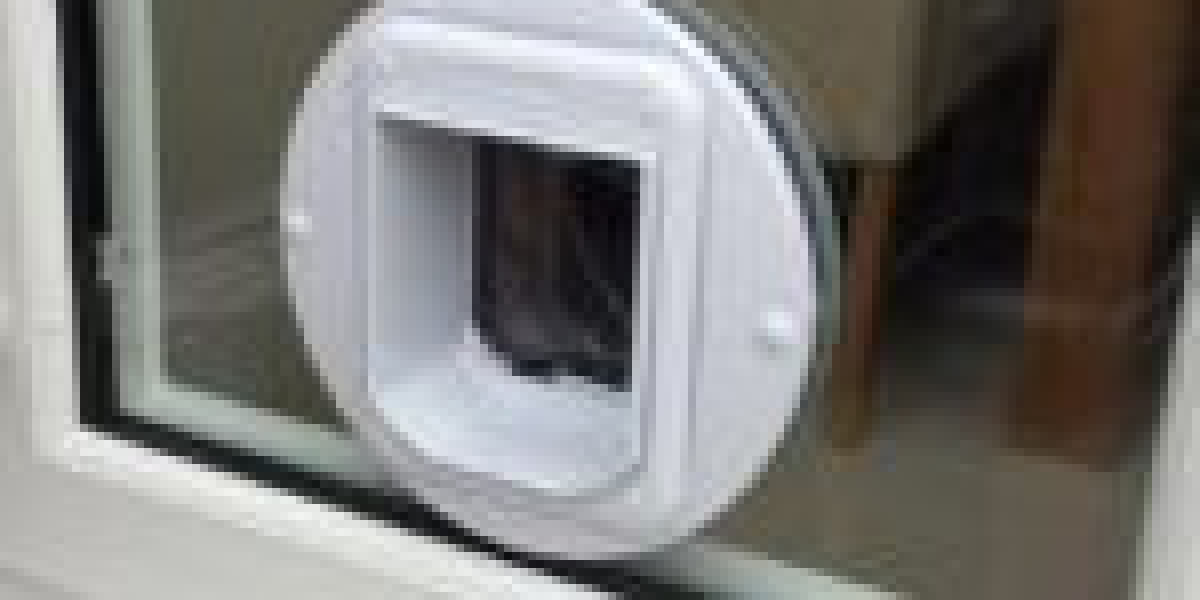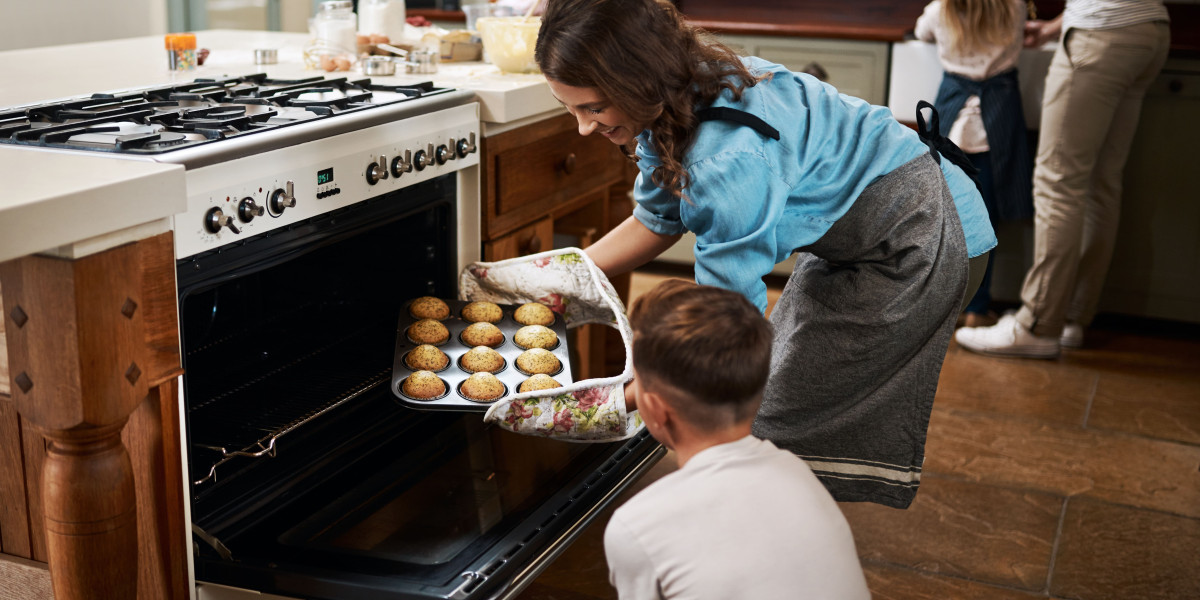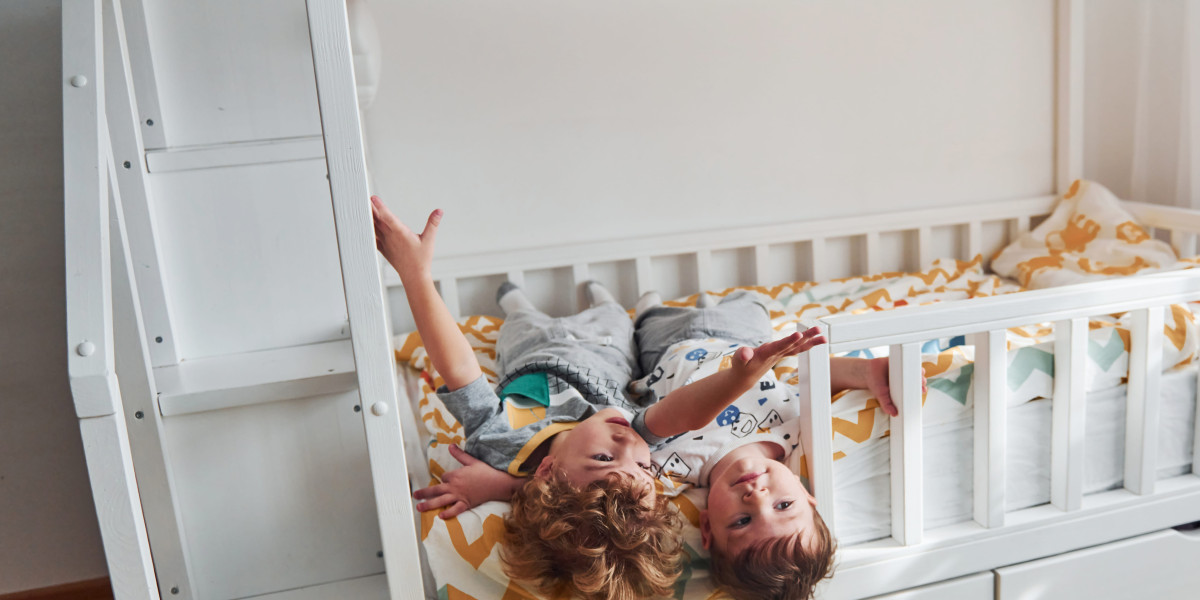Keeping the Purrfect Passage Open: A Guide to Cat Door Maintenance
Cat doors, also known as pet doors or cat flaps, are a fantastic addition to any home with feline buddies. They use felines the liberty to explore the outdoors (or designated areas within your home) and ease themselves, all while giving owners comfort and reducing the number of impromptu door-opening demands. However, like any other feature of a home, cat doors are not unsusceptible to wear and tear. Routine maintenance is necessary to ensure they continue to function properly, stay safe and secure, and provide a comfy and safe passage for your cherished cat. Ignoring maintenance can lead to a host of concerns, varying from a stiff and noisy flap to a complete breakdown, possibly locking your 24/7 cat flap installer out or, worse, jeopardizing your home's security.

This short article will dig into the significance of cat door maintenance, describing the required steps to keep your pet's access point in prime condition. By comprehending the basic upkeep needed, you can extend the lifespan of your cat door, guarantee your cat's continued liberty, and avoid pricey repairs or replacements down the line.
Why Regular Cat Door Maintenance Matters
Maintaining your cat door is more than simply a cosmetic job; it's a financial investment in the functionality, security, and longevity of the function, in addition to the comfort and wellness of your cat. Here are some essential reasons routine maintenance is essential:
- Ensures Smooth Operation: Dust, particles, and weather aspects can build up around the hinges and flap of a cat door, causing it to end up being stiff, sticky, or noisy when opening and closing. Routine cleaning and lubrication avoid these problems, making sure the door operates smoothly and silently, motivating your cat to utilize it without hesitation.
- Extends the Lifespan of the Door: Like any mechanical component, cat doors are subject to wear and tear. Disregarding maintenance can accelerate this process, causing early damage and the need for replacement. Regular cleaning, lubrication, and attending to minor issues without delay can considerably extend the life-span of your cat door, conserving you money in the long run.
- Maintains Security: An effectively operating cat door must close securely after your cat travels through. Damaged or poorly kept doors may not close completely, possibly compromising your home's security by leaving gaps that could be made use of by intruders or permit drafts and bugs to go into. For electronic or microchip-operated doors, consistent maintenance makes sure the locking systems and sensing units work dependably, maintaining regulated access.
- Prevents Drafts and Energy Loss: A poorly preserved cat door can end up being a considerable source of drafts, especially in colder environments. Spaces around the flap or frame due to damage or debris can let cold air in and warm air out, increasing your energy expenses. Correct sealing and weather condition stripping maintenance is necessary to keep energy effectiveness.
- Promotes Hygiene: Cat doors are exposed to the aspects and can build up dirt, mud, and even insect infestations gradually. Routine cleaning helps keep a hygienic passage for your cat and prevents the transfer of dirt and bacteria into your home.
- Decreases Noise: A disregarded cat door can become noisy, especially in windy conditions. Squeaking hinges or a rattling flap can be disruptive to both you and your cat. Lubrication and tightening up of loose components can substantially minimize noise levels.
- Early Detection of Problems: Routine maintenance enables you to examine your cat door closely and identify any possible problems early on, such as cracks, loose screws, or malfunctioning components. Dealing with these minor issues promptly can avoid them from intensifying into more considerable and pricey repair work.
Kinds Of Cat Doors and Maintenance Considerations
While the basic maintenance concepts apply throughout most cat doors, different types might have specific requirements. Here's a quick summary of typical cat door types and maintenance considerations:
- Basic Flap Doors: These are the simplest and most typical type. Maintenance mainly includes cleaning the flap and frame, lubing hinges, and examining for damage to the flap product (plastic, rubber, or versatile polymer).
- Magnetic Cat Doors: These doors utilize a magnetic collar secret to enable entry only to cats wearing the secret. Maintenance consists of the very same jobs as fundamental flap doors, plus making sure the magnetic system is tidy and devoid of particles. Likewise, check the collar key's magnet is still functional.
- Microchip Cat Doors: These doors utilize a microchip scanner to acknowledge your cat's implanted microchip, offering selective entry. Maintenance consists of cleaning, examining for damage, and occasionally replacing batteries if it is battery-powered. The scanner lens ought to be kept clean for trustworthy chip detection.
- Electronic Cat Doors: These doors may use infrared or radio frequency (RFID) technology for selective entry, typically with advanced features like curfew settings. Maintenance includes cleansing, examining for damage, battery replacement (if applicable), and periodically recalibrating or reprogramming the electronic parts according to the manufacturer's directions.
Necessary Cat Door Maintenance Tasks: A Step-by-Step Guide
Establishing a routine maintenance schedule will keep your cat door working optimally. Here's a breakdown of typical maintenance jobs:
1. Regular Cleaning (Weekly/Bi-weekly):
- Gather Supplies: You will need:
- Mild soap or cleaning agent
- Warm water
- Soft cloth or sponge
- Paper towels or a clean, dry cloth
- (Optional) Disinfectant wipes (pet-safe)
- Wipe Down the Flap: Use a damp cloth or sponge with soapy water to clean both sides of the flap. Remove any dirt, mud, fur, or insect residue.
- Tidy the Frame: Clean the entire frame of the innovative cat flap installer door, both within and out. Focus on corners and crevices where dirt can accumulate.
- Dry Thoroughly: Ensure all parts are totally dry to avoid mildew or rust.
- Sanitize (Optional): If desired, use pet-safe disinfectant wipes to sanitize the door and frame, especially if you have numerous felines or want to maintain extra hygiene.
2. Lubrication (Monthly/As Needed):
- Identify Hinges and Moving Parts: Locate the hinges, rotates, or any other moving parts of the cat door system.
- Apply Lubricant: Use a silicone-based lube spray or a dry lubricant (like graphite powder) particularly created for hinges and moving parts. Prevent oil-based lubricants, as they can bring in dust and end up being sticky gradually. Apply moderately to avoid drips.
- Work the Door: Open and close the cat door flap numerous times to disperse the lubricant uniformly and make sure smooth, peaceful operation. Clean away any excess lube.
3. Examination and Repair (Monthly/Seasonally):
- Check for Damage: Carefully check the flap for cracks, tears, or warping. Look for damage to the frame, weather condition removing, or any locking systems.
- Tighten Up Loose Screws: Check all screws securing the door frame to the door or wall and tighten any that are loose. Loose screws can lead to instability and drafts.
- Inspect Weather Stripping: Examine the weather stripping around the flap and frame for damage, cracks, or gaps. Replace damaged weather stripping to preserve an excellent seal and avoid drafts.
- Battery Check (Electronic/Microchip Doors): If your door is battery-operated, inspect the battery level regularly and change batteries according to the maker's recommendations. Low batteries can cause breakdowns and undependable operation.
- Sensing Unit Cleaning (Microchip/Electronic Doors): Gently tidy the sensor lens with a soft, dry fabric to make sure accurate chip or essential detection.
4. Seasonal Maintenance:
- Winter:
- Check for ice accumulation around the flap and frame. Thoroughly remove ice to prevent damage and guarantee smooth operation.
- Ensure weather stripping is in good condition to avoid drafts and cold air entry.
- Summer:
- Check for insect nests or problems around the cat door. Clean away any nests and think about utilizing pet-safe bug spray around the door frame.
- Guarantee correct ventilation around the door opening to avoid humidity buildup and potential mildew development.
Tools and Supplies for Cat Door Maintenance
Keeping a little set of maintenance tools and supplies useful will make routine upkeep easier and more effective. Consider assembling the following:
- Soft fabrics and sponges
- Mild soap or detergent
- Silicone lubricant spray or dry lube
- Screwdriver (Phillips and flathead)
- Pet-safe disinfectant wipes (optional)
- Replacement weather condition removing (if needed)
- Small brush for cleaning crevices
- Paper towels
- Replacement batteries (if relevant)
DIY vs. Professional Help
Many regular cat door maintenance tasks are straightforward and can be easily managed by house owners. However, there are circumstances where seeking professional help might be recommended:

- Significant Damage: If you find comprehensive damage to the door frame, flap, or locking systems, professional repair or replacement might be essential.
- Electronic Malfunctions: Troubleshooting electronic or microchip door breakdowns can be intricate. If you are uncertain how to identify or repair electronic problems, consult a professional installer or a certified technician.
- Installation Issues: If you are experiencing consistent issues after installing a new residential cat door installation door, it may be due to installation mistakes. A professional installer can examine the circumstance and correct any concerns.
Routine Cat Door For Screen Door [Https://Www.Repairmywindowsanddoors.Co.Uk] door maintenance is a simple yet important element of accountable pet ownership for those who pick to supply their feline pals with this freedom. By committing a small quantity of time to cleansing, lubricating, and inspecting your cat door, you can ensure its ongoing smooth operation, durability, security, and health. A well-kept cat door provides your cat with consistent access to the outdoors world (or designated indoor locations), contributing to their happiness and well-being, while also offering peace of mind for you. Taking proactive steps to look after your cat door will keep the purrfect passage open for years to come.
Frequently Asked Questions about Cat Door Maintenance
Q: How often should I clean my cat guardian door installation door?
A: Aim to clean your cat door weekly or bi-weekly for fundamental flap doors. For electronic or microchip doors that may accumulate more dirt around the sensing unit areas, weekly cleansing is advised.
Q: What kind of lube should I use on my cat door hinges?
A: Silicone-based lube spray or dry lubricant (like graphite powder) is advised. Prevent oil-based lubricants as they can bring in dust and end up being sticky.
Q: How do I clean up a microchip cat door sensor?
A: Use a soft, dry cloth to gently wipe the sensing unit lens. Avoid utilizing liquids or abrasive cleaners, as they might harm the sensor.
Q: My cat door flap is sticking. What should I do?
A: First, tidy the flap and frame completely. Then, use a percentage of lube to the hinges and moving parts. If the sticking continues, look for any damage to the flap or frame and consider tightening up screws or changing the door positioning.
Q: How do I understand when to replace the batteries in my electronic cat door?
A: Electronic cat doors normally have a low battery indicator light or caution signal. Refer to your door's manual for specific instructions on battery replacement. It's a good practice to replace batteries proactively, possibly every 6-12 months depending on usage and battery type.
Q: Can I utilize family cleaners to clean my cat door?
A: Yes, you can utilize mild soap or cleaning agent diluted in warm water. Prevent extreme chemicals or abrasive cleaners that might harm the door product. Make sure any cleansing products are pet-safe.
Q: My cat door is letting in drafts. How can I fix this?
A: Inspect the weather condition removing around the flap and frame. Change any damaged or used weather removing. Guarantee the door frame is safely set up and tighten any loose screws. You can likewise consider adding additional weather removing or a draft excluder specifically designed for pet flap installer doors.


